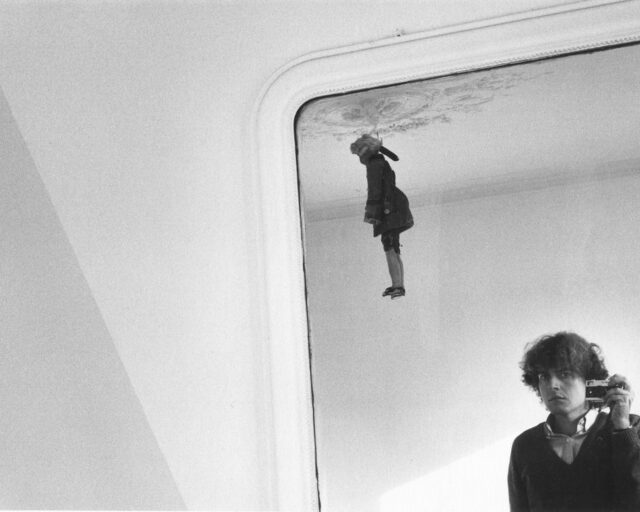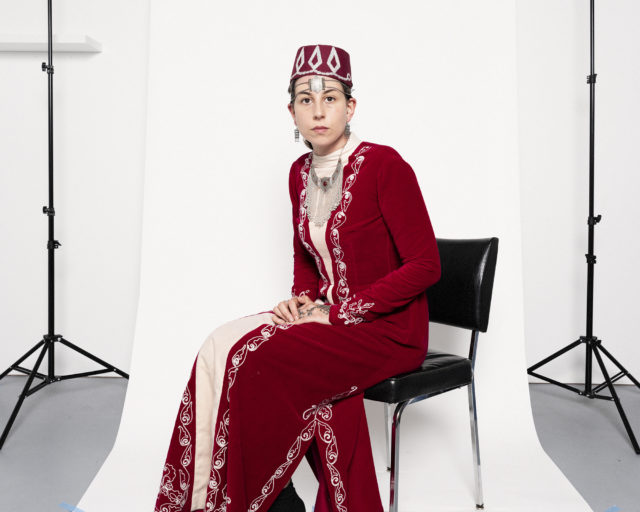The Theater of Everyday Life
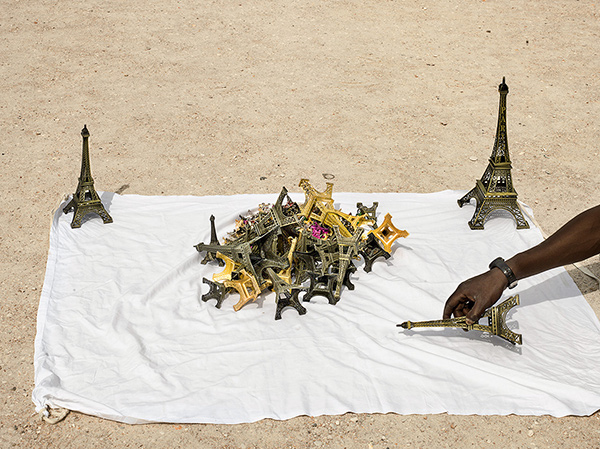
Alessandra Sanguinetti, The vendor, Jardin des Tuileries, Paris, 2016
© and courtesy the artist
“Infraordinary.” This term, drawn from a 1970s essay by French experimental writer Georges Perec, requires that we pay attention to all that is considered neither ordinary nor extraordinary. It demands that we reconsider what is significant and what is not. This is what Alessandra Sanguinetti does in Le Gendarme Sur La Colline (Aperture, 2017). Through her work, a transformation takes place: she assembles a series of fragments and details from a host of different lives, showing us that what can be historic, significant, and revelatory is not the stuff of headlines, but that of the quotidian. The infraordinary becomes the key player in each scene. What is crucial is her manner of injecting the everyday with elements of fairy tales and theater—two ancient methods of storytelling. By seizing on the possibilities of the magical and the promise of performance, she takes familiar and everyday French lives and landscapes and transforms them into notable and even exotic frames, often tinged with fantasy. She evades the grotesque or judgmental in this transformation. What happens instead is a reading of heightened possibility in the minutiae of the everyday.

Alessandra Sanguinetti, Matinée I, Paris, 2016
© and courtesy the artist
Sanguinetti conveys the idea of theater literally as well as stylistically, with oblique hints to the charged atmosphere alongside the required equipage. We can see the lushness of the red velvet curtain suggested through textures on chairs and walls, lone drapes in tower blocks, and a tablecloth mournfully lifted to mark the end of a meal, as if in intermission. The white sheet with the reproduction Eiffel Towers becomes a stage, while the audience in the theater represents the increasingly diverse population of France. The people in several of the portraits appear to be lit by spotlight, as if they are starring in a performance of their own lives. These photographs are infused with hushed tones that recall the slight impatience and anticipation echoing the beginning of the next act. Arcane costumes highlight notions of performance that take on a mournful edge when out of context. A guard, all dressed up in his red jacket, seems to have forgotten his words and been rejected from the scene as tourists line up to enter a château, which in itself is a performance of the past.
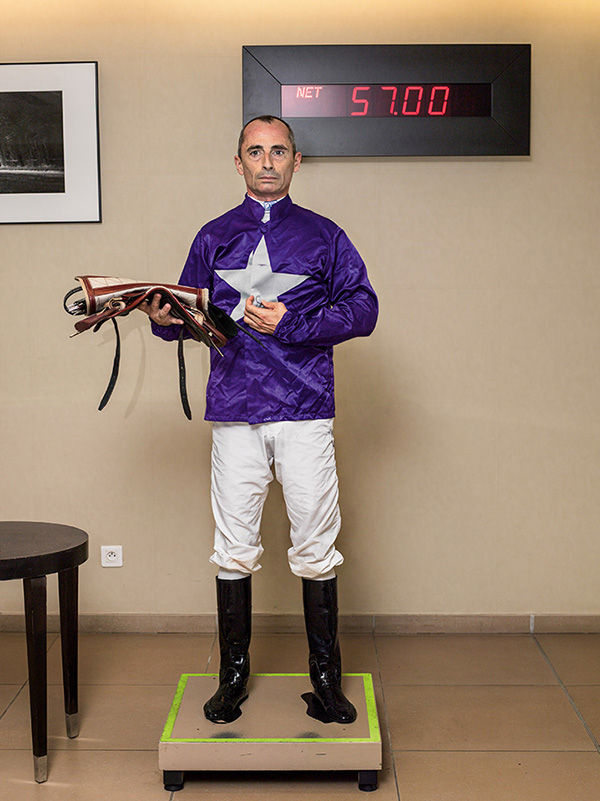
Alessandra Sanguinetti, Weighing in, 57.00 kg, 2016
© and courtesy the artist
In this work, France is also solemn, deep in contemplation. While fantastical and opaque traditions and rituals are played out in half-forgotten corners of the country, the newer developments, people, and customs contrast with and frame the theatrical reenactment of the country’s past and continuing traditions. But among the mournfulness, there is also humor in the characters, costumes, and performances. The lightweight jockeys in Chantilly look like titular kings. Perhaps they live in the model castle that follows several pages later? One puff of wind by a mythical wolf and they would all but disappear. Set in the eve of systemic shifts all across Europe, and a rise of nationalism globally, Le Gendarme Sur La Colline shows us the fragility of France—as delicate as the jigsaw on the frontispiece of the book. In the first images of a small family circus as well as the portraits throughout the book, France is depicted as both strange and mythical, and everyday and familiar.
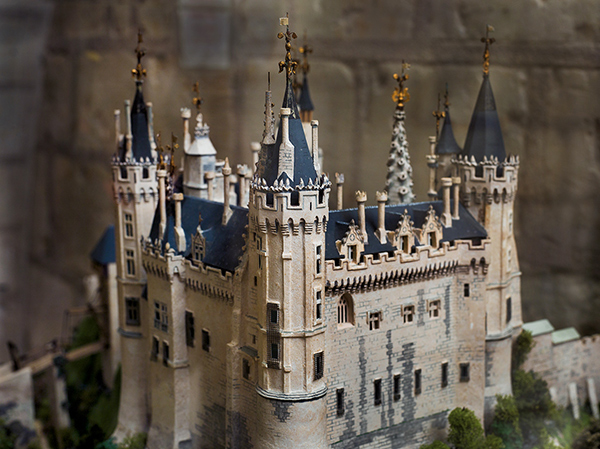
Alessandra Sanguinetti, Château de Saumur, Maine-et-Loire, 2016
© and courtesy the artist
Susan Bright’s recent books include Art Photography Now and Feast for the Eyes: The Story of Food in Photography. This feature is adapted from the Aperture book Le Gendarme Sur La Colline.











